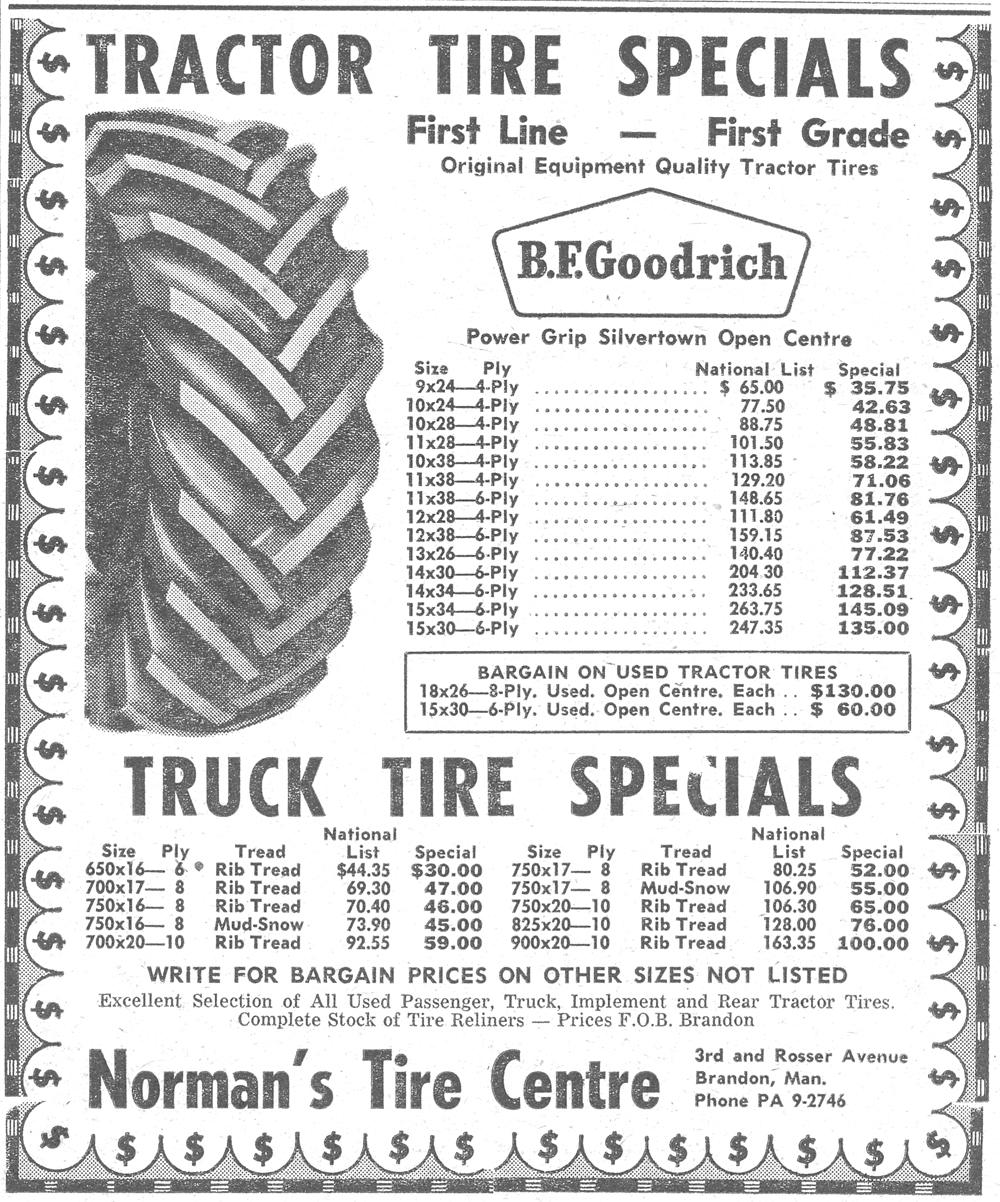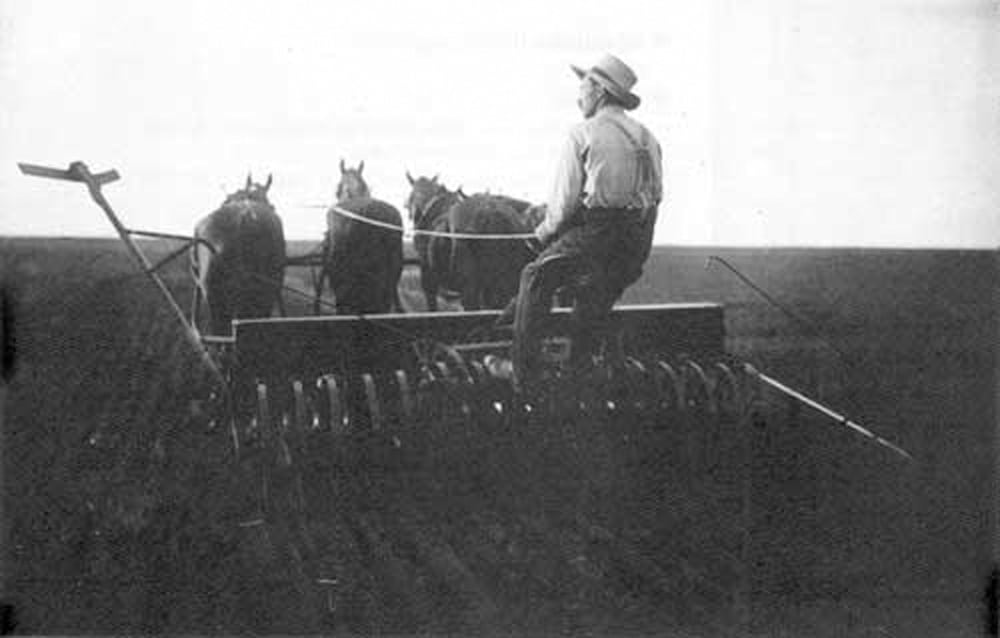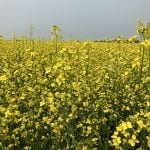This ad from our May 11, 1961 issue offered a special on tractor and truck tires, with a 15×30 — 6-Ply offered at $135 ($1,135 in 2016 dollars).
Tire prices may not have been at the top of farmers’ minds at the time — a front-page story referred to a new illustrated government publication called Fallout on the farm, a guide to farmers in the event of a nuclear attack.
“In the event of a nuclear attack, the farmer’s first and most important job would be to protect himself and his family, and after that tend to herds and crops — cows first,” the article said.
Read Also

Steam engines alive and well in Manitoba
Next generation of Manitobans get hands-on history lesson at steam engine “Steam School”
“Measures to deal with the large numbers of animals that may sicken and die as a result of radiation, plans to control the movement of farm produce that may be contaminated and other plans that will affect the farmer are being worked out.”
Perhaps nuclear fallout from tests at the time was already having an effect — local anglers had petitioned the fisheries branch to remove a 7.5-foot, 100-pound-plus pike that was reportedly devouring all the game species in Silver Beach Lake near Russell.
The big news that month was the sale of 187 million bushels of wheat and 47 million bushels of barley to “Mainland China.” Some politicians, notably CCF leader (and later wheat board minister after switching to the Liberals) Hazen Argue questioned the deal. The editorial defended the deal as a good foundation for future business, and criticized the politicians for making it “grist for propaganda mills.”
Some farmers were apparently not convinced of the merits of fertilizer, and the Manitoba Department of Agriculture and Conservation had issued a release suggesting they test by dividing a field in half, leaving one unfertilized and fertilizing the other at the recommended rate, and then comparing the yield over three years.















